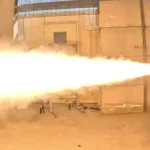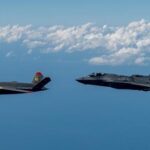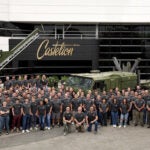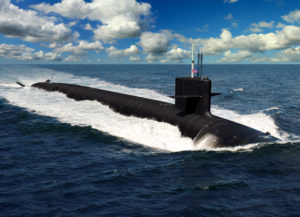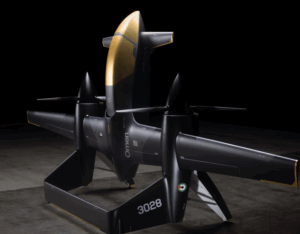
Lockheed Martin [LMT] on Tuesday reported strong fourth quarter financial results, ending a challenging 2021 on a high note, although the company continues to project a drop in sales in 2022. Net income in the quarter rose 14 percent to $2 billion, $7.47 earnings per share (EPS), versus $1.8 billion ($6.38 EPS) a year ago, results that cruised well above consensus estimates of $7.15 per share. Sales increased 4 percent to $17.7 billion from $17 billion a year ago. Overall,…

 By
By 